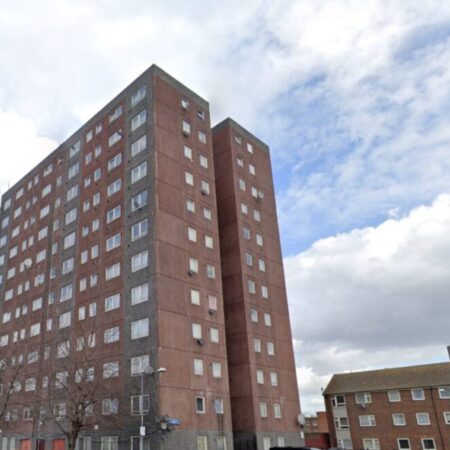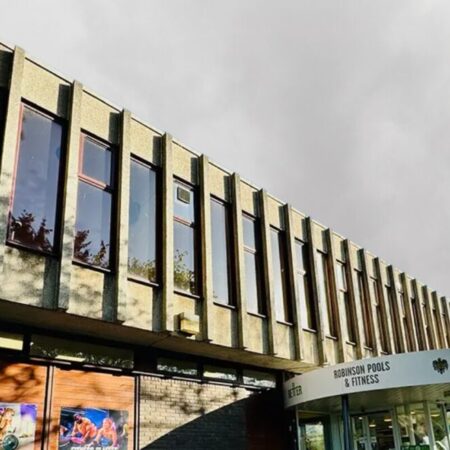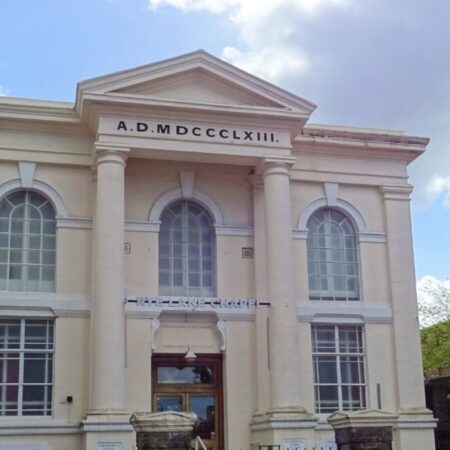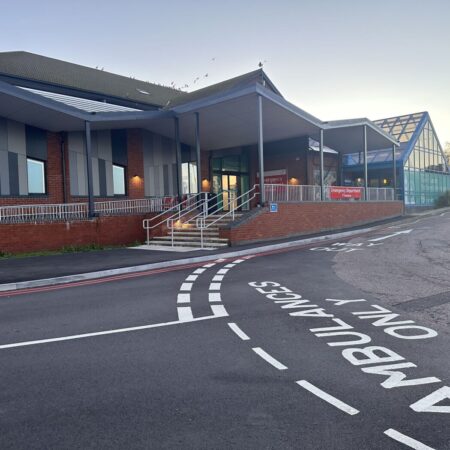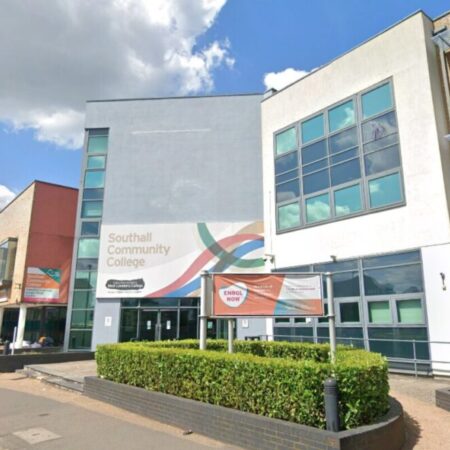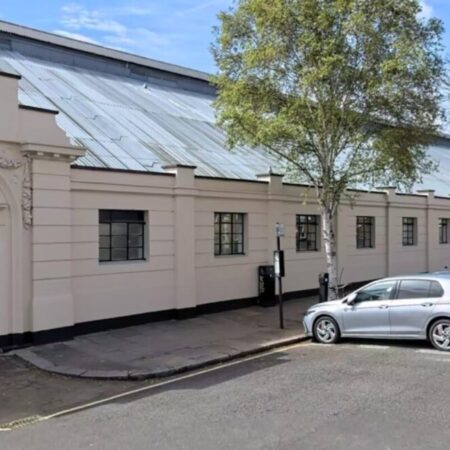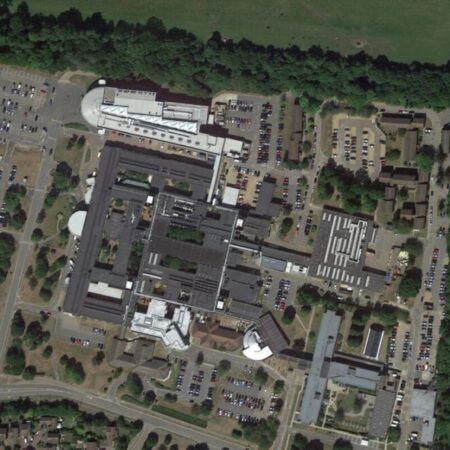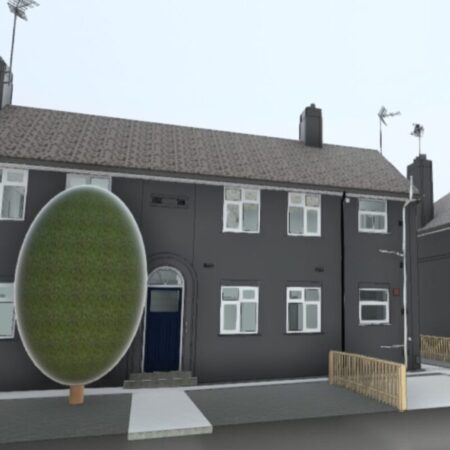THE BRIEF
The Linford Christie Stadium (FKA The West London Stadium) is based in Wormwood Scrubs, West London. The stadium was originally built in 1967 with upgrades to the running track made in 1973.
In 1992 Linford Christie would become the first British runner to win gold at any four major championships. This is a record that still stands today. Subsequently, the stadium would be named after him. The stadium was a local training ground for Linford and the Thames Valley Harries. The Thames Valley Harriers still train here regularly.
Following London’s successful bid for the 2012 Olympics, the stadium was further developed in 2004. This redevelopment included team sports facilities including football, rugby and hockey as well as the track being relayed in 2005.
Unfortunately, the infrastructure of the stadium remained stagnant and continued to deteriorate over time.
The Linford Christie Stadium falls into the remit of The London Borough of Hammersmith and Fulham. A phased redevelopment of areas has been suggested with areas including the following:
- Refurbishment of the running track.
- Replace or repair the floodlights.
- Refurbish, modernise and optimise the main stand and seating. The main aim is to increase the capacity to host the National Athletic League events and ensure disabled spectator access.
- Make the covered running track usable by increasing the size.
- Replace or repair changing and club rooms. Currently, these are in very poor condition.
OUR WORK
Spatial Dimensions were instructed to attend the site by Holmes Miller Architects. The stadium is home to the aforementioned Thames Valley Harriers alongside several sports clubs and schools. We were aware the site would be busy during the day and the survey process. Our surveyors were conscious of working around the athletes. We would therefore regularly attend the site in the early morning to do so. This meant our project management team would need to liaise with stadium representatives to ensure access.
A topographical survey was carried out using OS Newyln Datum and control points to ensure exact precision in data. The survey area included the stadium, car park area, main pitch, football pitches and indoor facilities.
Topographical surveys, as a whole, can be used to establish a primary survey control for all phases of development. At the time of surveying, development plans and funding weren’t confirmed. Ultimately, it was incredibly important to get the survey information correct for all eventualities.
A comprehensive 2D CAD drawing of the topographical survey was delivered at scale 1:200. The detailed drawing included (but was not limited to) features including all wall and boundary features, drainage information, changes in surface, key levels across the site and all other relevant information.
THE OUTCOME
The topographical survey information was delivered on time and to the specifications of the end client.
The survey information has played a pivotal role in helping make informed planning decisions about the future of the stadium, and the surrounding area.
In 2023, The Linford Christie Stadium received £250,000 in funding from the Coronation Youth Fund to help with the regeneration.
Lastly, at the time of writing the development of the Linford Christie Stadium is still ongoing.

